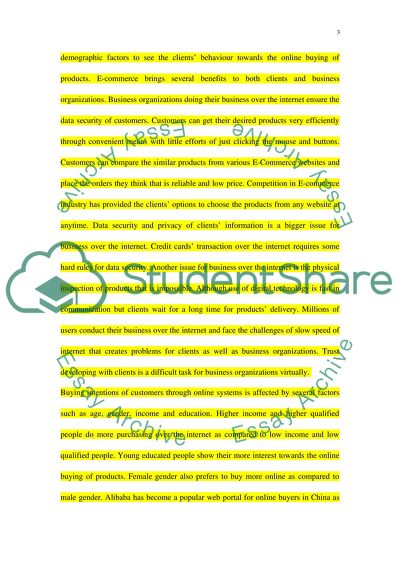Cite this document
(“E-Commerce Service Essay Example | Topics and Well Written Essays - 4000 words”, n.d.)
E-Commerce Service Essay Example | Topics and Well Written Essays - 4000 words. Retrieved from https://studentshare.org/e-commerce/1690299-e-commerce-service-b2c
E-Commerce Service Essay Example | Topics and Well Written Essays - 4000 words. Retrieved from https://studentshare.org/e-commerce/1690299-e-commerce-service-b2c
(E-Commerce Service Essay Example | Topics and Well Written Essays - 4000 Words)
E-Commerce Service Essay Example | Topics and Well Written Essays - 4000 Words. https://studentshare.org/e-commerce/1690299-e-commerce-service-b2c.
E-Commerce Service Essay Example | Topics and Well Written Essays - 4000 Words. https://studentshare.org/e-commerce/1690299-e-commerce-service-b2c.
“E-Commerce Service Essay Example | Topics and Well Written Essays - 4000 Words”, n.d. https://studentshare.org/e-commerce/1690299-e-commerce-service-b2c.


